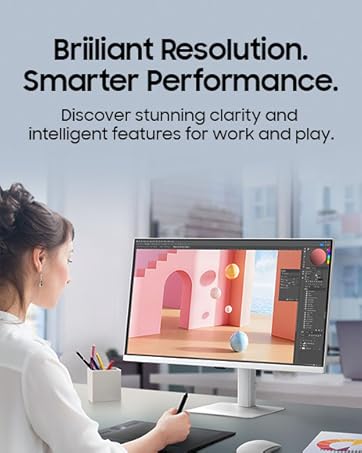Samsung Odyssey G9

The air in the server room hummed with a low thrum, punctuated by the clicking of relays. My assistant, bless her heart, had just spilled half a lukewarm coffee across the old Dell UltraSharp. Not ideal. Replacing it? Necessary. And that, my friends, is how I ended up face-to-face with the Samsung Odyssey G9.
First impressions? Let’s just say the sheer curvature demands your attention. This isn’t some flat panel pretending to be immersive; this is a genuine, unapologetic 1000R curve. Feels like you’re in the game, or spreadsheets, or whatever your particular poison. The dual QHD resolution? Absolutely glorious. Text is crisp, images pop, and that extra screen real estate is pure productivity gold. Seriously, try managing multiple applications simultaneously on this thing. You’ll understand.
Now, I’ve dealt with my share of ultrawide monitors. Some…struggle. Others shine. The Odyssey G9? It performs. Its 240Hz refresh rate and G-SYNC compatibility make for incredibly smooth visuals, even in fast-paced action. Frame rates are buttery, even when driving this beast with demanding applications, though you’ll want a top-tier graphics card to really leverage it. FreeSync Premium Pro support is a nice touch, of course, but for my professional use, I lean heavily on the NVIDIA camp.
But it’s not all sunshine and rainbows, naturally. The backlighting, while excellent, can reveal a tiny amount of blooming around very bright objects on a completely black background, particularly if you’re picky. Most users won’t even notice, though, and you can mitigate it by tweaking the contrast settings a bit. Still, a minor drawback, especially for the price.
The closest alternative I considered was the Acer Predator X35. The Predator also had a great panel, but didn’t offer the same insane curvature or the sheer immersive feeling the G9 generates. Plus, the Odyssey G9 just looks cool. Not that aesthetics should dictate your choices, of course. But it’s a factor.
However, it’s really a product for a specific audience. If you’re a dedicated gamer seeking peak immersion and have the graphics horsepower to match, this is a fantastic choice. If you work with massive datasets, like to have a lot of windows open at once, and you’re willing to pay a premium? Get it. It is an investment. But the productivity gains are real.
If, however, you’re on a tighter budget and primarily use the monitor for basic tasks, this might be overkill. You’re better off sticking with a solid 1440p flat panel.